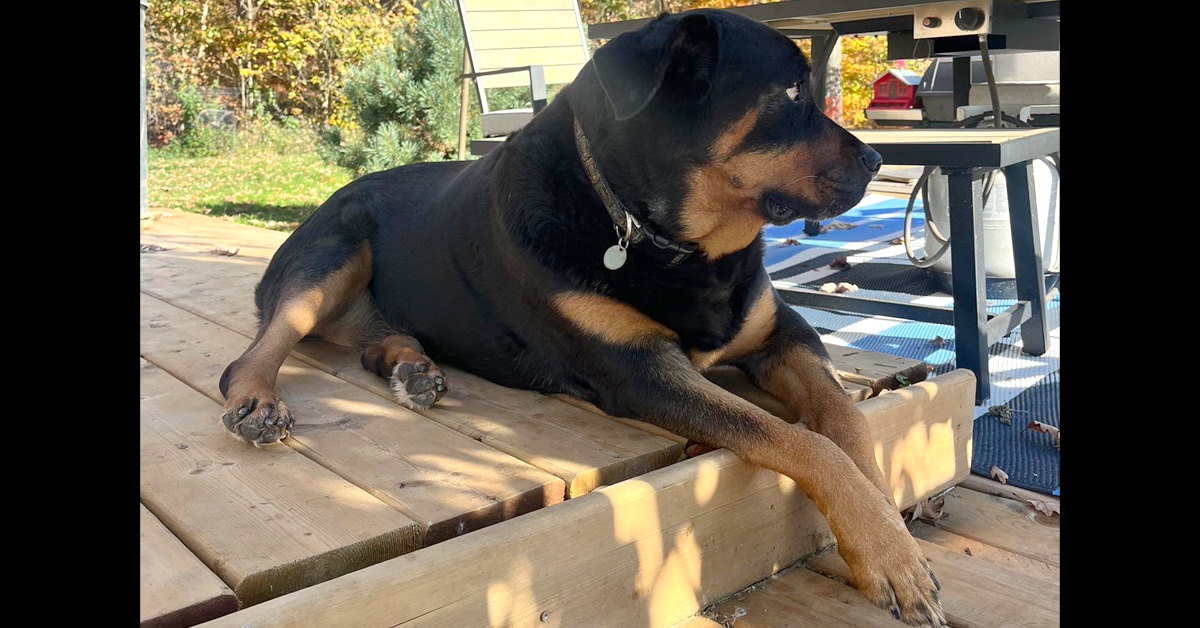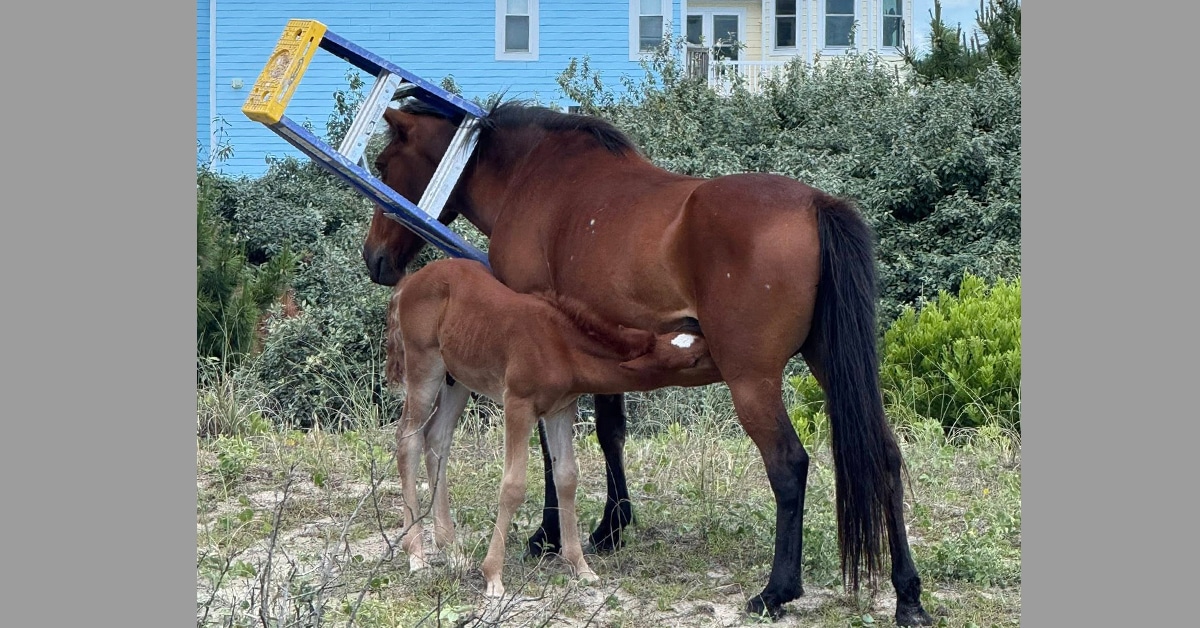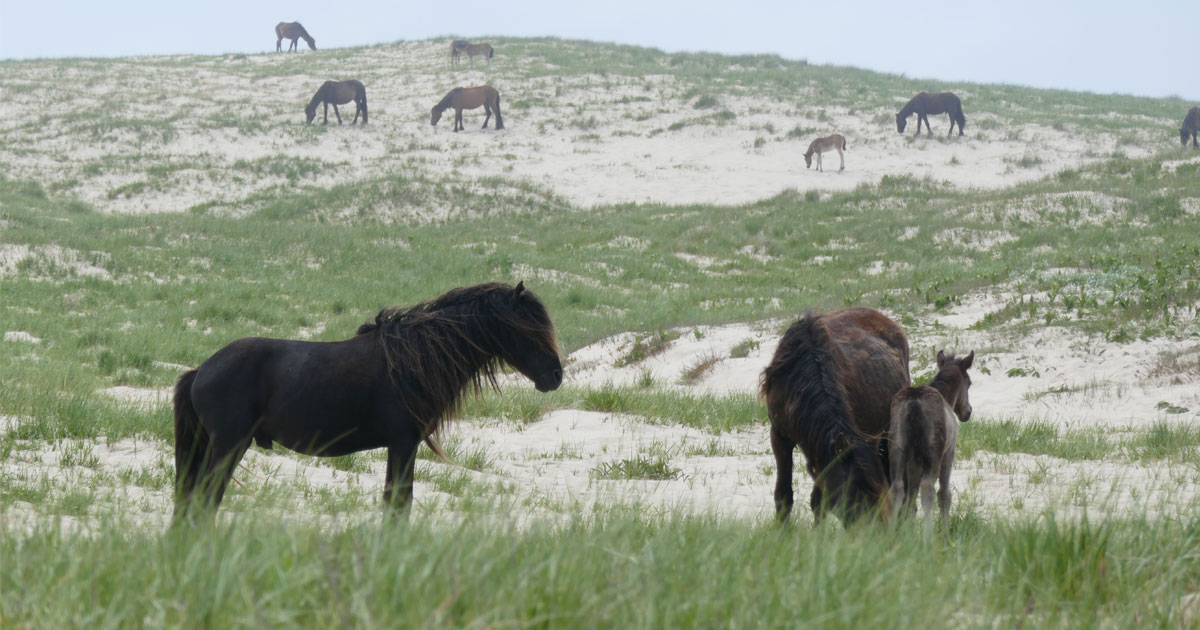A large study team comprising members affiliated with the University of Saskatchewan, the University of Kentucky, Parks Canada, and the University of Calgary has found ‘unusual’ patterns in the parasite loads of the horses inhabiting Sable Island off the coast of Nova Scotia. They found parasites no longer commonly found in domestic North American and European horses (thanks to anthelmintic deworming drugs) especially a predominance of large strongyles in their feces.
Horses have inhabited this 34 sq.km. island since the mid-1700s. Additional animals were released to improve breeding stock, a practice which ceased in 1935. There are now about about 500 legally-protected (since 1961) horses on what became a national park reserve in 2013.
Led by Emily Jenkins, the researchers examined 35 dead horses in 2017 and 2018, examining the lungs and intestines and taking dung samples. Fresh manure was also collected and analyzed from 281 live horses in the spring and summer of 2018. Samples revealed cyathostomes, Strongylus equinus, S. edentatus, and S. vulgaris and the hardy horses were deemed able to tolerate strongyle fecal egg counts much higher than domestic horses – 666 eggs per gram in the dead animals, 689 eggs p/gr in the live horses (spring), and 1105 eggs p/gr (summer). By comparison, domestic horses are usually treated when egg counts exceed 200 p/gr.
The team also did not expect to find the lungworm D. arnfieldi in the dead horses, as this particular parasite is generally restricted to donkeys and any horses sharing their pasture. There have been no donkeys on Sable Island for at least 60 years. As well, some of the live adult horses had ascarid infections (rare in adult domestic horses) and it was theorized that this was a symptom of other problems related to malnutrition and immunodeficiency.
The authors of the study, which was published in the International Journal for Parasitology: Parasites and Wildlife, suggest that their findings show that population-specific treatment guidelines are warranted for domestic horses based on the percentages of high shedders. They also suggest that the biosecurity measures currently in place on Sable Island to prevent the introduction of parasites and pathogens should also be in place when exiting the refuge to prevent visitors from transmitting S. equinus, D. arnfeldi, cyathostome and ascarid populations to mainland companion horses. Future studies will concentrate on genetic markers of parasite resistance and the effects of parasitism and nutrition on fitness and survival.
More News









